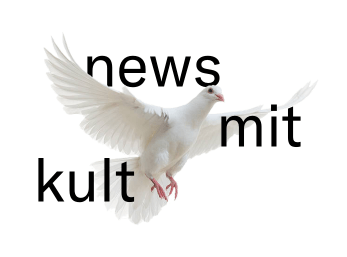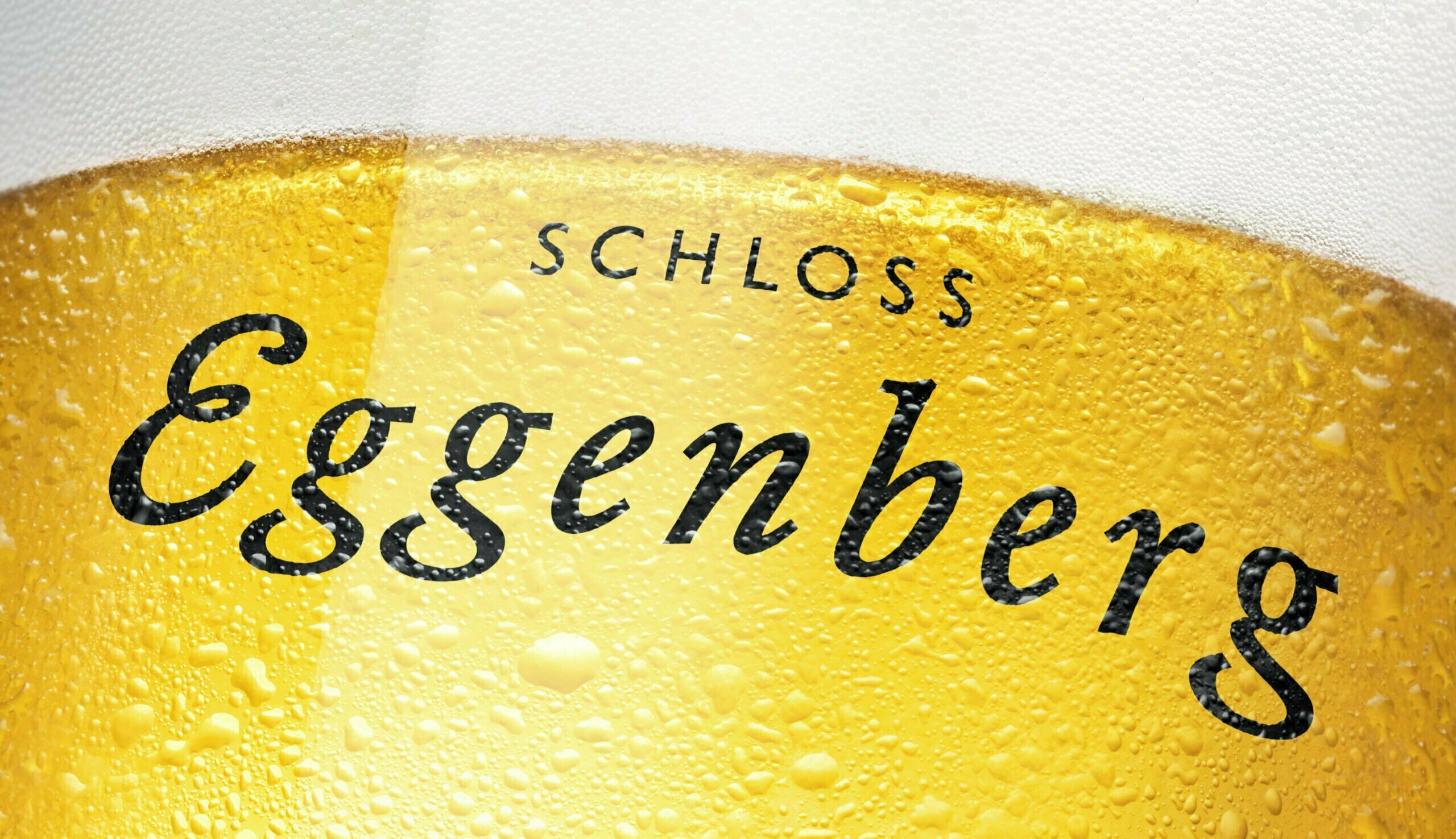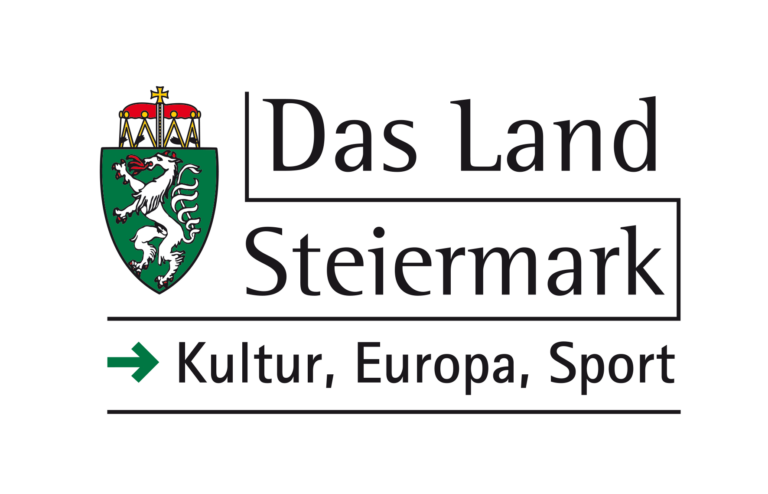After the first bombing raids, exhibits for Adolf Hitler’s “Führer Museum” and works of art from the Schack art collection in Munich were stored in the Altaussee salt mine and in makeshift depots such as inns and churches. Austrian museums also used a mine, the Franz-Josef-Erbstollen (Franz Josef adit) in Lauffen near Bad Ischl in the Salzkammergut, as a refuge facility in 1944/45.
The exhibition features more than 80 paintings and objects that were collected, stored, retrieved and rescued in the Salzkammergut during the war years. All of the items are on loan from public museums, and their current and historical ownership status is documented in the exhibition. They include artworks that were looted by the Nazis and later restituted to their owners, as well as works of art whose origins are the subject of ongoing provenance research.
Masterpieces from the 8th to the 20th centuries by Arnold Böcklin, Goya, Edvard Munch, Lovis Corinth, Jacob van Ruisdael, Anthonis van Dyck, Giovanni Battista Tiepolo, Max Liebermann, Jakob Jordaens, Titian, Moritz von Schwind and Ferdinand Georg Waldmüller, among others, as well as a historical model of the Ghent Altarpiece tell the stories of their odysseys with many stops along the way. With the critical intervention Ruinenwert by the sucessful German artist Henrike Naumann the exhibition is complemented by a contemporary perspective.
Opening hours
Tue-Sun 10 – 18.00
Thu 10 – 20.00
Mon closed
Opening: 19/03/24, 7 pm
Bookable group tours
Duration 1 hour, max. 25 participants, prices and booking information: lentos.at/en/programm/uebersicht/individuelle-fuehrungen
Barrier free access
The Lentos aims to make a visit to the museum as simple and enjoyable an experience as possible for people with special needs. In addition to basic information about barrier free accessibility you will find details here of programmes on offer from the museum’s art education department for people with special needs. Details at lentos.at
The Journey of the Paintings
Three different art exhibitions of a special kind at three locations: During the Second World War, Hitler and the most important Austrian museums and art dealers used the Salzkammergut to bring masterpieces of European art history to safety or to protect museum collections from destruction.
More about the project at salzkammergut-2024.at and lentos.at
















